The Power of Video Stories vs Raw Data in Video Marketing: A Guide for Your Brand
In today’s digital age, video marketing has quickly become one of the most effective tools for engaging audiences. However, not all video content is created equal. While raw data and statistics may serve a purpose in business presentations, when it comes to connecting with consumers, storytelling in video marketing is far more powerful. Let’s explore why video stories outperform raw data and how this approach can significantly impact your brand’s success.
Why Stories Outperform Raw Data in Video Marketing
1. Emotional Connection Drives Engagement
Raw data delivers facts and figures that may be accurate and informative, but it often lacks the emotional depth that connects with viewers. A well-crafted video story, however, can evoke a wide range of emotions—joy, excitement, empathy, or even nostalgia. Human beings naturally resonate with stories because they reflect our experiences, values, and aspirations.
In fact, studies show that consumers are far more likely to remember a story over a statistic. By incorporating storytelling into your video marketing, you build a personal bond between your brand and your audience, making your message more memorable and impactful.
2. Simplifying Complex Ideas
Raw data can overwhelm an audience, especially when dealing with complex concepts or a large amount of information. Stories simplify these ideas by breaking them down into relatable narratives. A compelling story can demonstrate how your product solves a real-life problem, seamlessly incorporating key data points without alienating viewers.
For instance, instead of showing a chart of how much time your product saves, you could create a story about how a business owner used your product to overcome challenges and achieve their goals. This narrative is far easier to digest than presenting raw figures alone.
3. Boosts Authenticity and Trust
In a world where consumers are increasingly sceptical of marketing messages, authenticity is everything. Storytelling humanises your brand by showcasing real people and real experiences. Sharing customer success stories, founder journeys, or behind-the-scenes content reveals the human side of your business.
On the other hand, presenting raw data can feel impersonal, corporate, and overly focused on sales rather than customer needs. Video stories, in contrast, allow brands to build trust and relatability, which ultimately leads to stronger customer loyalty.
Data’s Role in Supporting the Narrative
While storytelling is key, data still plays an essential role. It’s important to remember that raw data can enhance your storytelling rather than being the central focus. Use data to reinforce your narrative and substantiate claims, without making it the main attraction.
For example:
- Customer Testimonials: Rather than listing your product’s performance metrics, let real customers explain their experience. You can weave in data such as “a 50% increase in sales” within their success story.
- Case Studies: Present raw data in the context of a success story. Show how your product helped a client overcome a specific problem, and include supporting figures to add credibility.
Video Storytelling Techniques That Convert
Here are some storytelling techniques that will elevate your video marketing:
1. The Hero’s Journey
This classic storytelling structure follows a protagonist (your customer) who faces challenges and ultimately triumphs with the help of your product. It’s relatable, inspiring, and allows you to present key data points naturally.
2. Customer-Centric Stories
Focus on your audience’s problems and how your brand can solve them. Share relatable stories that resonate with your target market, using characters and situations they can easily identify with.
3. Behind-the-Scenes Content
Give viewers a glimpse into your company culture or the process of creating your products. This humanises your brand and fosters trust.
4. Use Visuals to Support, Not Overwhelm
While data is important, remember that video is a visual medium. Use infographics and visuals to support the narrative, but don’t let them dominate the screen. Too many graphs or statistics can disengage the viewer.
The SEO Impact of Storytelling in Video Marketing
Now that we’ve covered why stories resonate more than raw data, it’s important to consider the SEO benefits of storytelling in video marketing.
- Higher Engagement: Videos that tell a compelling story hold viewers’ attention longer, increasing watch time—an important factor for search engines like Google and YouTube.
- Social Sharing: Emotional, story-driven videos are more likely to be shared on social media. This boosts your reach and can lead to valuable backlinks, improving your SEO performance.
- Lower Bounce Rate: Engaging videos keep visitors on your website for longer, reducing bounce rates and sending positive signals to search engines.
- Keyword Optimisation: While video stories are engaging, they should still include relevant keywords in titles, descriptions, and captions to ensure they are discoverable. This will help you rank higher on search engine results pages (SERPs).
Conclusion: Stories Sell, Data Supports
In the contest between video stories and raw data, storytelling emerges as the clear winner when engaging audiences and leaving lasting impressions. While data can substantiate claims and reinforce your message, it’s the stories that truly capture the attention and hearts of your viewers.
As you plan your video marketing strategy, prioritise narrative-driven content, with data playing a supporting role. This approach will help your brand build deeper connections with your audience, enhance customer loyalty, and deliver greater returns on your marketing efforts.
Are you ready to tell your brand’s story? Then why not book time with our marketing manager Ahmed who will happily speak you through the process. Just simply book some time with him on his calendar to get started.
